Home>Gardening & Outdoor>Landscaping Ideas>How Low To Cut Bermuda Grass
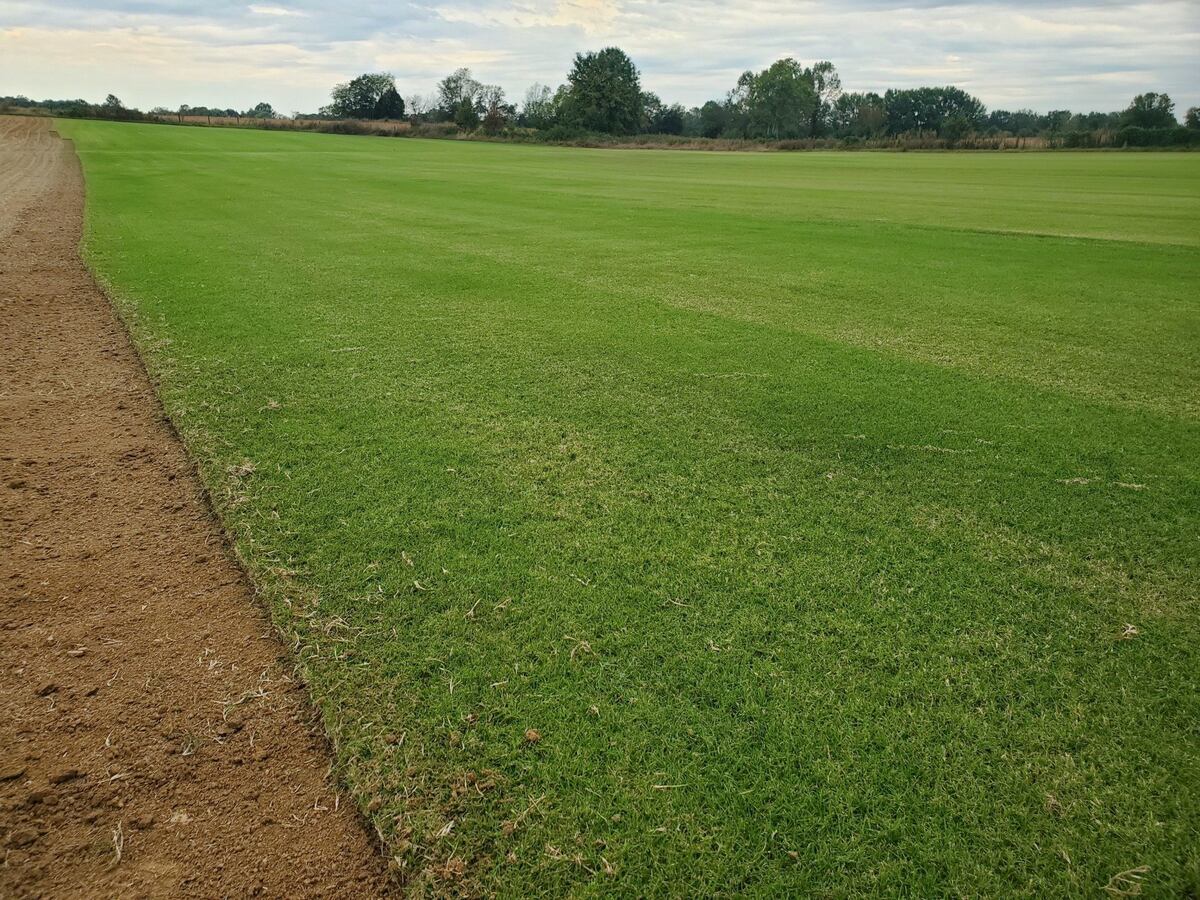

Landscaping Ideas
How Low To Cut Bermuda Grass
Modified: February 18, 2024
Discover expert landscaping ideas for cutting Bermuda grass at the perfect height. Learn how low to cut Bermuda grass for a healthy and vibrant lawn.
(Many of the links in this article redirect to a specific reviewed product. Your purchase of these products through affiliate links helps to generate commission for Storables.com, at no extra cost. Learn more)
Introduction
When it comes to creating a lush, verdant lawn, Bermuda grass is a popular choice among homeowners and landscapers alike. Its resilient nature, vibrant green hue, and ability to thrive in various climates make it an ideal option for many outdoor spaces. However, to maintain Bermuda grass at its best, it is crucial to understand the significance of proper lawn care practices, including the optimal cutting height for this particular grass variety.
In this comprehensive guide, we will delve into the nuances of Bermuda grass maintenance, shedding light on the ideal cutting height, factors to consider, and techniques for achieving a healthy, well-manicured lawn. Whether you are a seasoned gardener or a novice enthusiast, mastering the art of cutting Bermuda grass to the perfect length will undoubtedly elevate the beauty of your outdoor oasis. So, let's embark on this enlightening journey to discover the secrets of nurturing Bermuda grass to its full potential.
Key Takeaways:
- Maintaining Bermuda grass at the right height (0.5 to 1.5 inches) promotes a healthy, vibrant lawn. Adjust cutting height based on the season and grass growth for optimal results.
- Techniques like regular maintenance, sharp blades, and mulching can enhance Bermuda grass health and appearance. Mow in dry conditions and trim edges for a polished look.
Read more: How High To Cut Bermuda Grass
Understanding Bermuda Grass
Bermuda grass, scientifically known as Cynodon dactylon, is a warm-season grass celebrated for its exceptional durability and adaptability. This grass variety is renowned for its fine texture, vibrant green color, and robust growth, making it a coveted choice for lawns, sports fields, and golf courses.
One of the key attributes of Bermuda grass is its remarkable tolerance to heat, drought, and foot traffic, making it an excellent option for high-traffic areas. Its rapid growth and vigorous spreading nature enable it to swiftly recover from wear and tear, ensuring a consistently lush and resilient lawn.
Furthermore, Bermuda grass exhibits excellent cold tolerance, allowing it to thrive in a wide range of climates, from the southern United States to parts of the transition zone. Its adaptability to varying soil types, including sandy, loamy, and clay soils, further enhances its appeal as a versatile and low-maintenance grass variety.
As a warm-season grass, Bermuda grass enters dormancy during the cooler months, showcasing a brown hue. However, with the onset of warmer temperatures, it undergoes a vibrant resurgence, transforming into a luxurious green carpet that enhances the visual allure of any landscape.
Understanding the unique characteristics and growth patterns of Bermuda grass is essential for implementing effective maintenance practices, including determining the optimal cutting height to promote its health and vitality. By gaining insight into the intricacies of this resilient grass variety, you can cultivate a thriving lawn that exudes natural beauty and enduring strength.
Optimal Cutting Height for Bermuda Grass
Choosing the right cutting height is paramount to the overall health and appearance of Bermuda grass. Maintaining the grass at an optimal height not only enhances its aesthetic appeal but also contributes to its resilience and ability to withstand environmental stressors.
For Bermuda grass, the recommended cutting height typically falls within the range of 0.5 to 1.5 inches (1.3 to 3.8 cm). This range may vary slightly depending on the specific cultivar and the intended use of the lawn. However, it is crucial to avoid mowing the grass too short, as excessively low cutting heights can impede the grass’s ability to photosynthesize and store essential nutrients, leading to weakened growth and increased susceptibility to pests and diseases.
Maintaining Bermuda grass at a slightly higher cutting height during periods of vigorous growth, such as spring and early summer, can help promote root development and overall turf density. As the temperatures rise and the grass enters a phase of accelerated growth, adjusting the cutting height to the upper end of the recommended range can encourage a robust and resilient lawn.
During periods of dormancy or reduced growth, such as late fall and winter, it is advisable to lower the cutting height within the recommended range. This facilitates a more uniform appearance and helps prevent thatch buildup, which can hinder the grass’s ability to receive essential nutrients and moisture.
It is important to note that the frequency of mowing should be adjusted based on the grass’s growth rate, aiming to remove no more than one-third of the grass blade at each mowing session. This approach prevents undue stress on the grass and promotes a healthier, more vibrant lawn.
By adhering to the optimal cutting height guidelines and adjusting the mowing schedule in accordance with the grass’s growth patterns, you can nurture Bermuda grass to achieve a lush, well-manicured appearance while fortifying its resilience and longevity.
For Bermuda grass, it’s best to mow at a height of 1-1.5 inches. Cutting too low can stress the grass and make it more susceptible to weeds and disease.
Factors to Consider
When determining the ideal cutting height for Bermuda grass, several factors should be taken into account to ensure the optimal health and appearance of the lawn. Understanding these key considerations empowers homeowners and landscapers to make informed decisions that support the grass’s vitality and longevity.
- Grass Variety: Different cultivars of Bermuda grass may exhibit varying growth habits and tolerances. It is essential to consider the specific characteristics of the grass variety when establishing the optimal cutting height.
- Climate and Seasonal Variations: The climatic conditions and seasonal fluctuations in temperature and precipitation can influence the grass’s growth rate and dormancy periods, necessitating adjustments in the cutting height to accommodate these changes.
- Soil Type and Drainage: The soil composition and drainage capabilities of the lawn area play a crucial role in determining the grass’s nutrient uptake and moisture retention, impacting its overall health and resilience.
- Overall Lawn Health: Assessing the general condition of the lawn, including factors such as thatch accumulation, pest infestations, and disease susceptibility, can guide the decision-making process regarding the optimal cutting height.
- Intended Use of the Lawn: Considering the intended use of the lawn, whether it serves as a recreational space, a decorative landscape feature, or a high-traffic area, is vital in determining the most suitable cutting height to meet the specific demands placed on the grass.
- Mowing Equipment and Techniques: Utilizing appropriate mowing equipment, such as sharp blades and well-maintained mowers, and employing proper mowing techniques, such as mowing in different directions to prevent soil compaction, can significantly impact the effectiveness of the chosen cutting height.
By carefully evaluating these factors and tailoring the cutting height based on the unique characteristics of the lawn and the prevailing environmental conditions, individuals can optimize the health, aesthetics, and resilience of their Bermuda grass, fostering a lush and inviting outdoor environment.
Techniques for Cutting Bermuda Grass
Mastering the art of cutting Bermuda grass involves more than simply adjusting the mower’s cutting height. Employing effective techniques and best practices can elevate the mowing process, resulting in a healthier, more vibrant lawn. Here are several techniques to consider when cutting Bermuda grass:
- Regular Maintenance: Establishing a consistent mowing schedule is essential for Bermuda grass care. During periods of active growth, mow the grass frequently enough to remove no more than one-third of the blade length at each mowing session.
- Sharp Blades: Ensuring that the mower blades are sharp is crucial for achieving clean, precise cuts. Dull blades can tear the grass, leading to a ragged appearance and increased susceptibility to stress and disease.
- Alternate Mowing Patterns: Varying the mowing direction with each session can help prevent soil compaction and encourage more upright grass growth, resulting in a more uniform and aesthetically pleasing lawn.
- Clipping Management: Allowing the grass clippings to remain on the lawn, known as mulching, can provide valuable nutrients to the soil and help retain moisture, contributing to the overall health of the grass.
- Proper Height Adjustment: When adjusting the cutting height, do so gradually to avoid shock to the grass. It is advisable to never remove more than one-third of the grass blade at a time to prevent undue stress.
- Trimming Edges: Paying attention to the edges of the lawn and trimming them regularly can enhance the overall manicured appearance of the Bermuda grass, creating a polished and well-defined boundary.
- Mowing in Dry Conditions: Whenever possible, mow the grass when it is dry to achieve cleaner cuts and prevent the spread of diseases that thrive in moist environments.
Implementing these techniques with diligence and care can significantly impact the health and visual appeal of Bermuda grass, fostering a lush, resilient, and aesthetically pleasing lawn that enriches the outdoor living experience.
Read more: How Often To Cut Bermuda Grass
Conclusion
As the cornerstone of a vibrant and inviting landscape, Bermuda grass holds the potential to transform outdoor spaces into verdant havens of natural beauty. By embracing the principles of proper lawn care, including understanding the optimal cutting height, individuals can nurture Bermuda grass to thrive and flourish, enhancing the allure of their surroundings.
Throughout this journey, we have explored the intrinsic characteristics of Bermuda grass, its remarkable resilience, and its capacity to thrive in diverse environments. By comprehending the unique attributes of this warm-season grass, homeowners and landscapers can make informed decisions that support its vitality and longevity.
Furthermore, we have delved into the significance of selecting the optimal cutting height for Bermuda grass, recognizing the pivotal role it plays in maintaining the grass’s health, resilience, and aesthetic appeal. By considering various factors, such as grass variety, climate, soil conditions, and mowing techniques, individuals can tailor their lawn care practices to suit the specific needs of their Bermuda grass, fostering a lush and enduring outdoor sanctuary.
As we conclude this enlightening exploration, it is evident that the art of cutting Bermuda grass transcends mere maintenance; it is a testament to the commitment to cultivating a thriving and captivating outdoor environment. By integrating the insights and techniques presented here, individuals can embark on a journey of stewardship, fostering a landscape adorned with the vibrant beauty and enduring strength of Bermuda grass.
Ultimately, the rewards of nurturing Bermuda grass extend beyond the visual splendor of a lush green lawn; they encompass the creation of a welcoming and rejuvenating outdoor retreat, where the timeless allure of nature converges with the artistry of mindful care and cultivation.
Frequently Asked Questions about How Low To Cut Bermuda Grass
Was this page helpful?
At Storables.com, we guarantee accurate and reliable information. Our content, validated by Expert Board Contributors, is crafted following stringent Editorial Policies. We're committed to providing you with well-researched, expert-backed insights for all your informational needs.
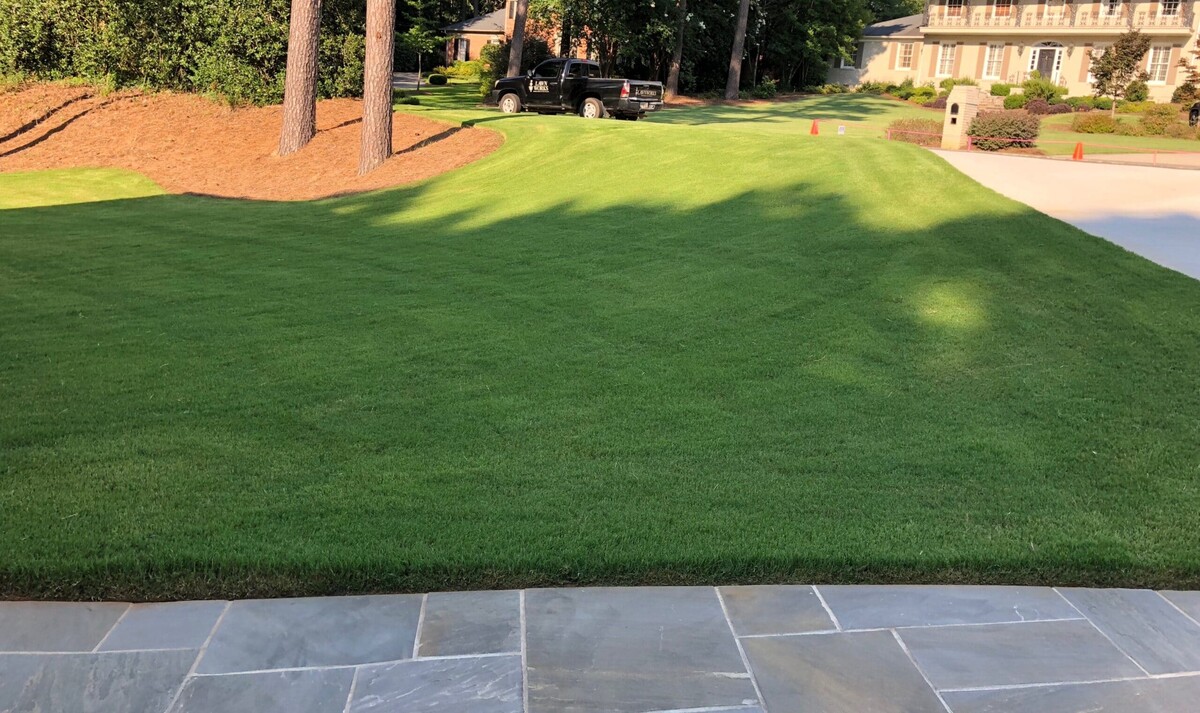
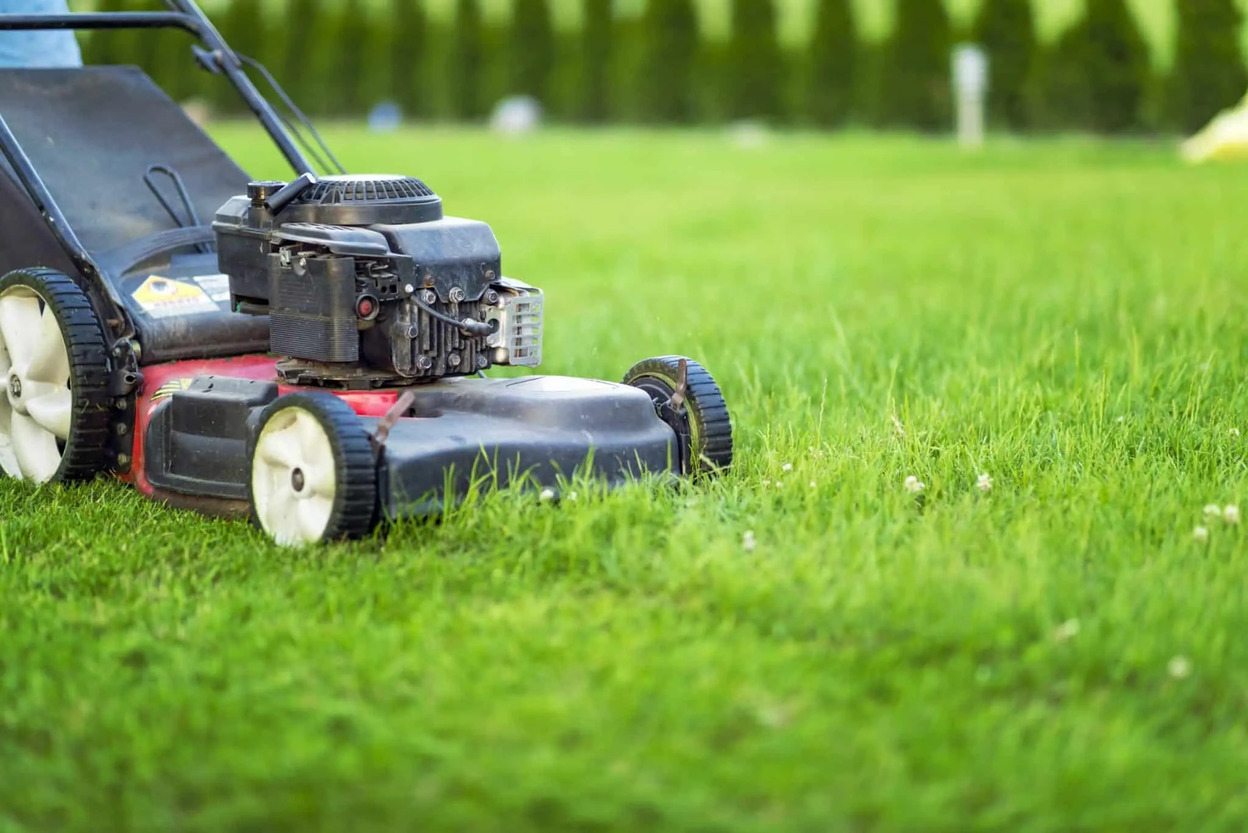
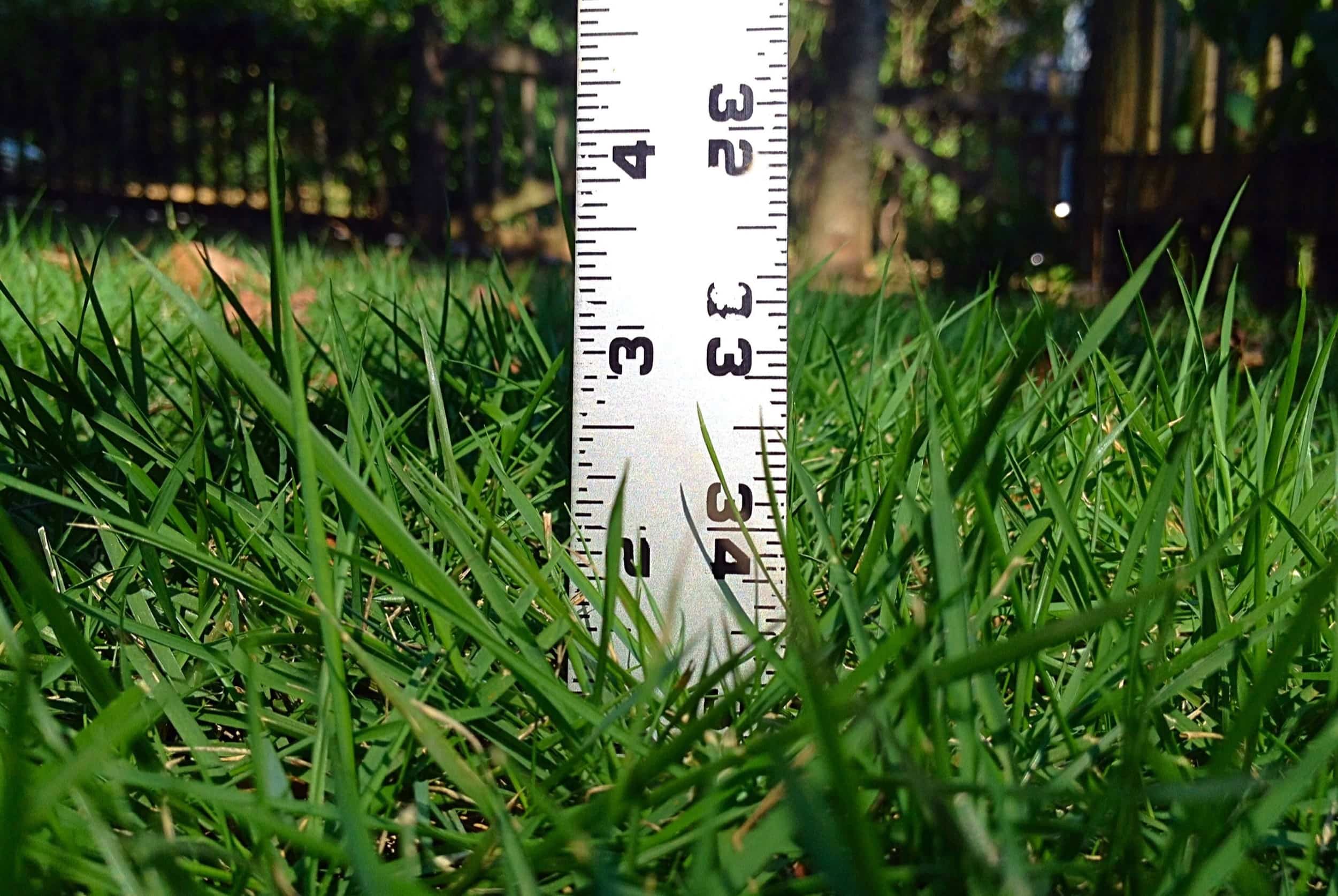
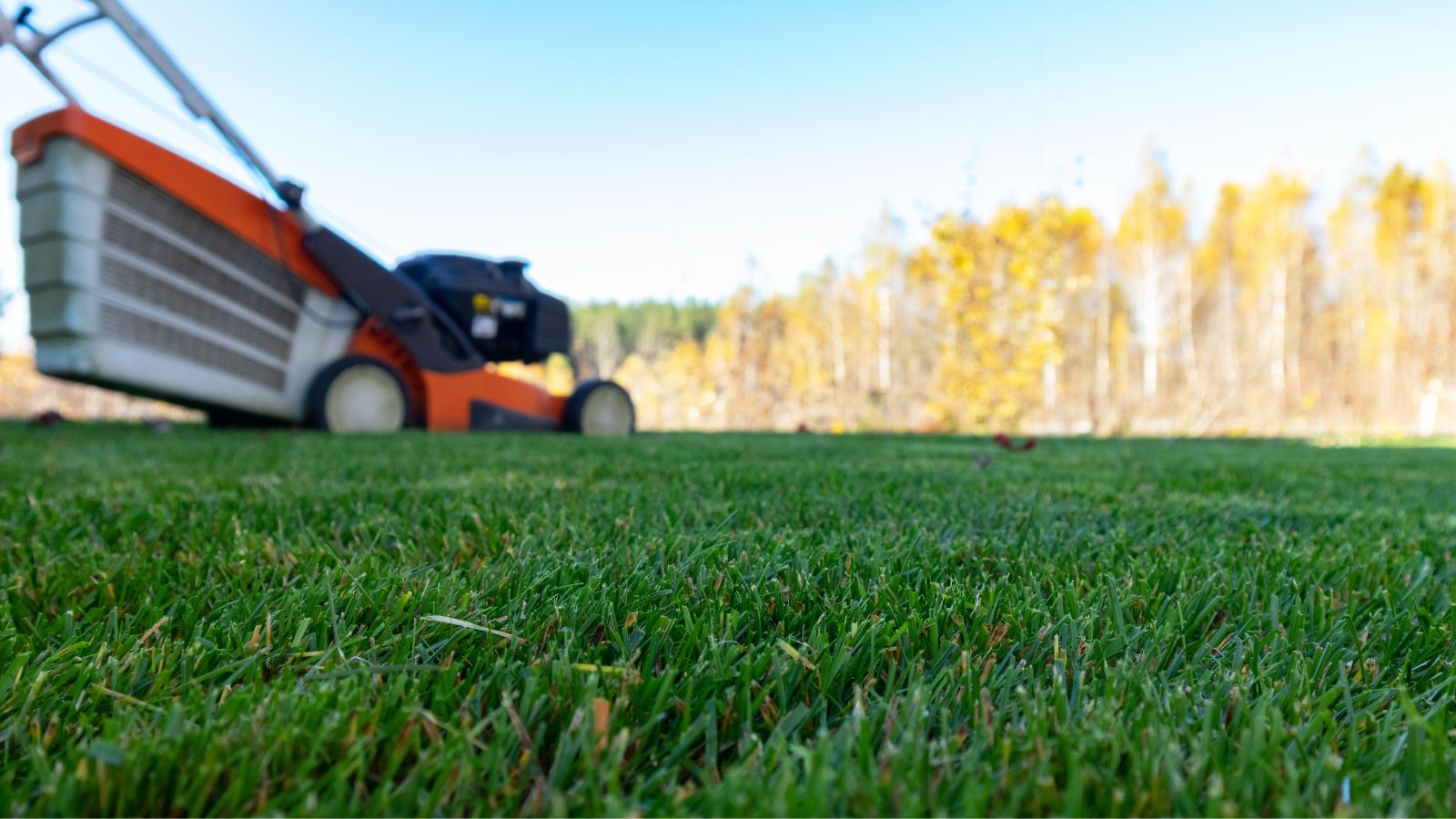
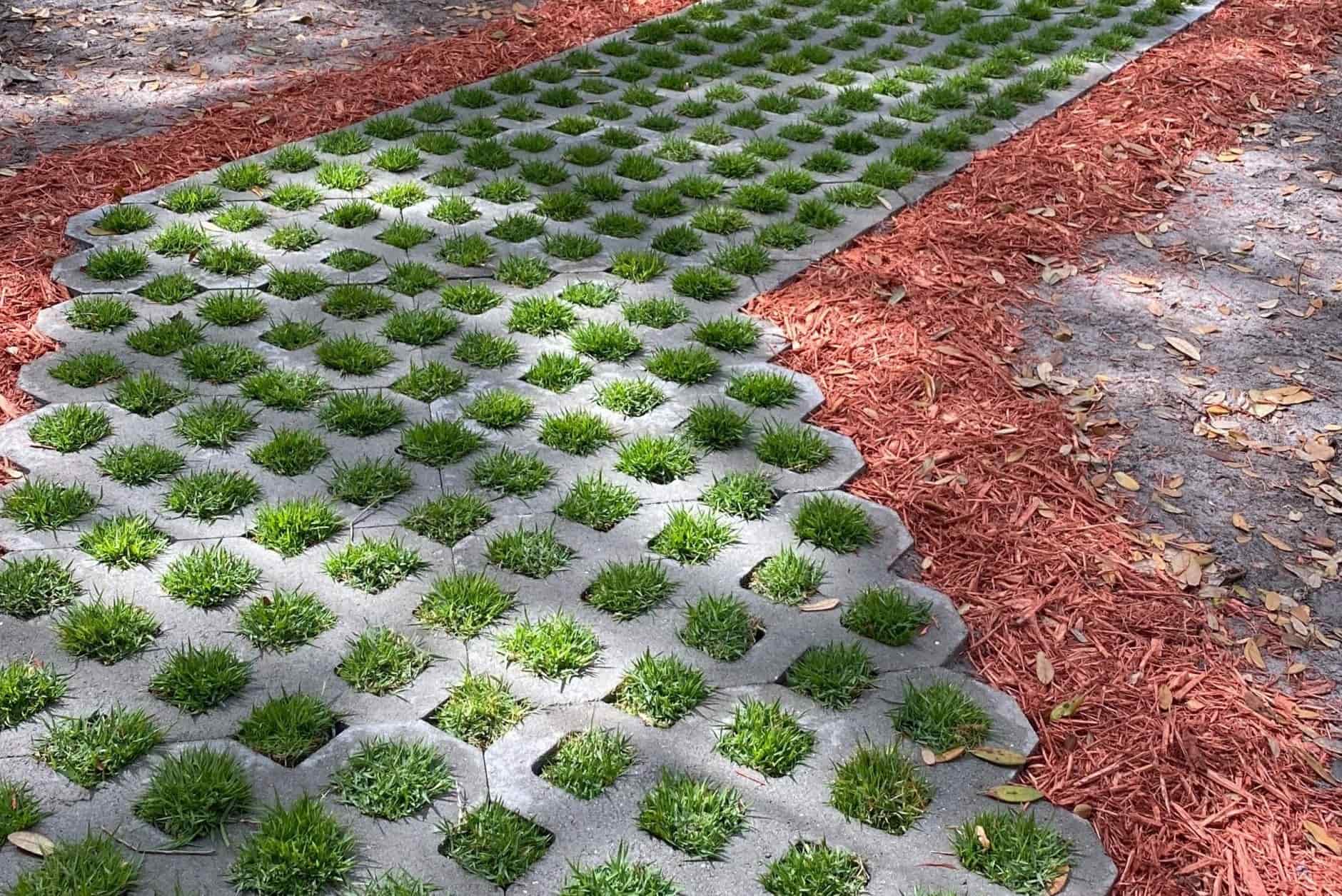

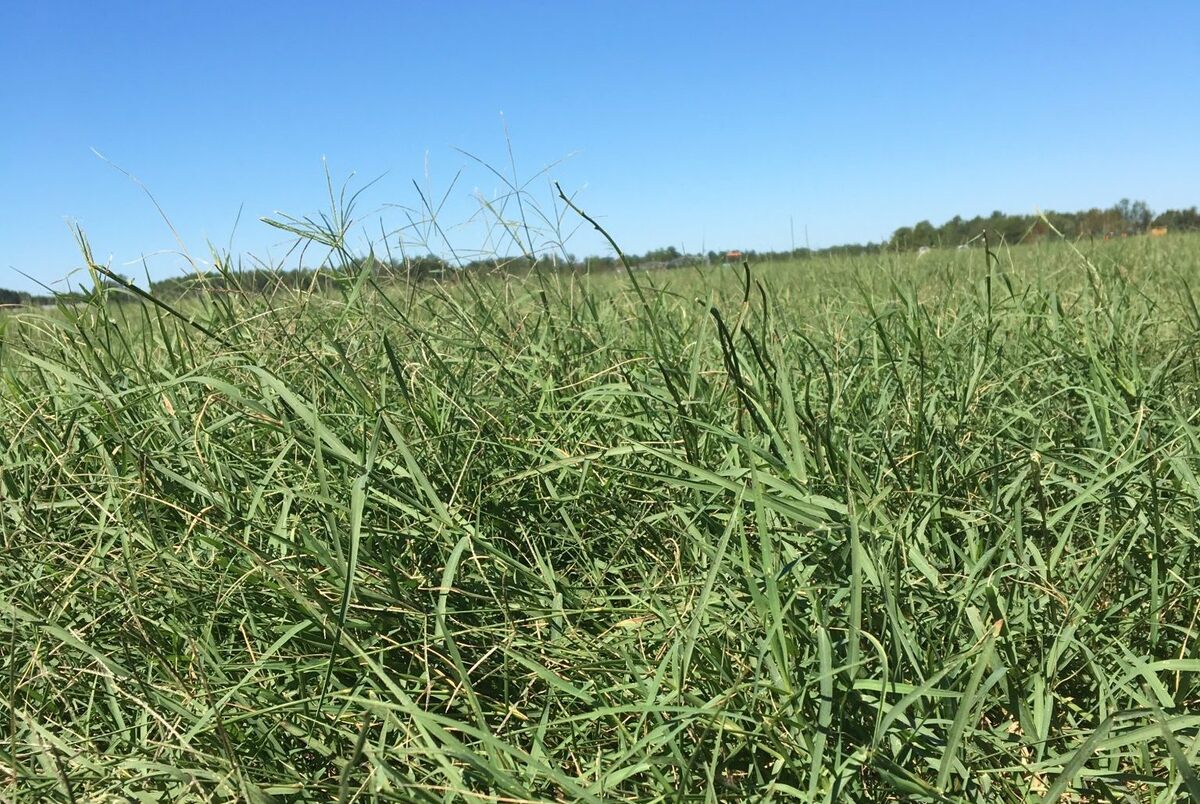
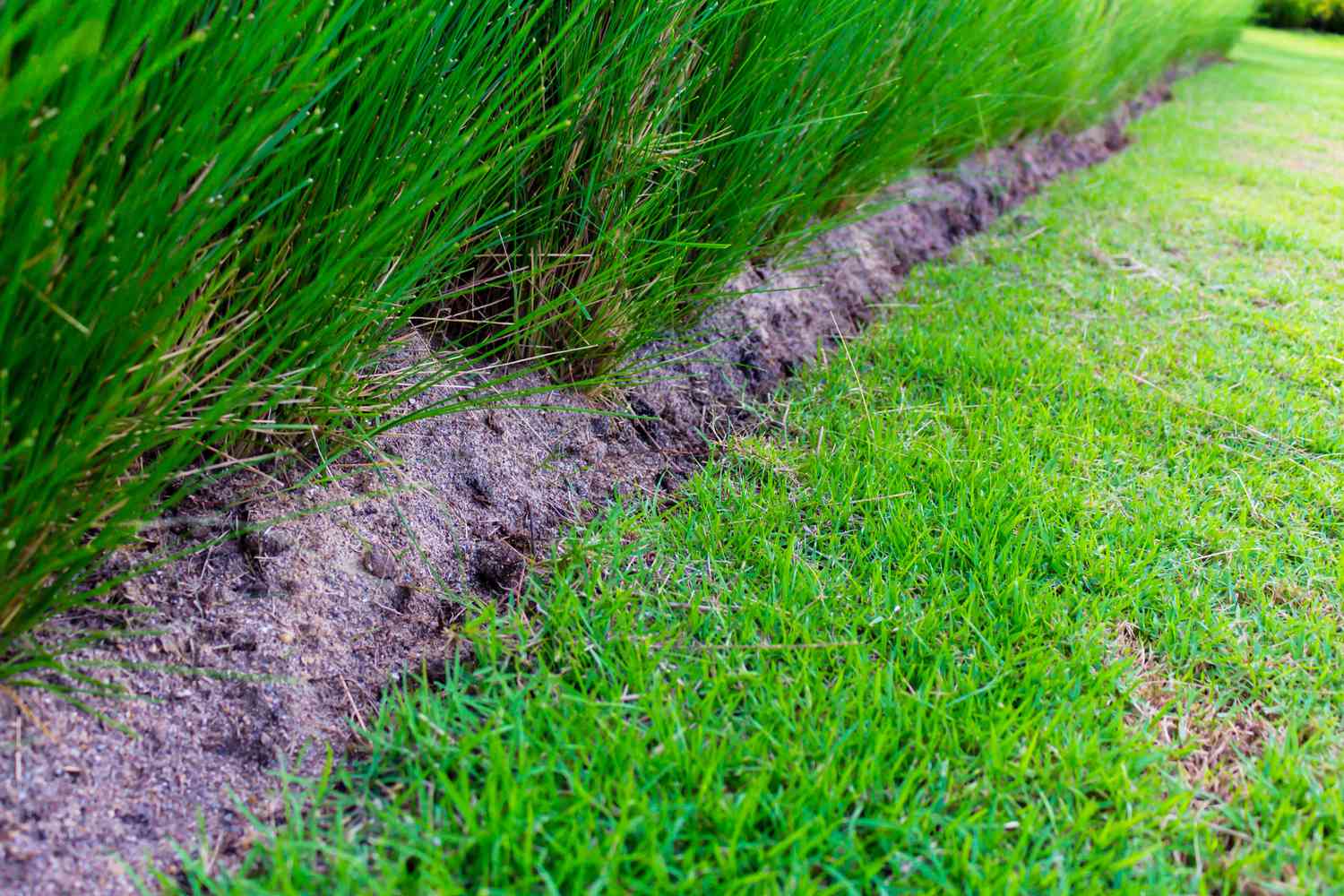
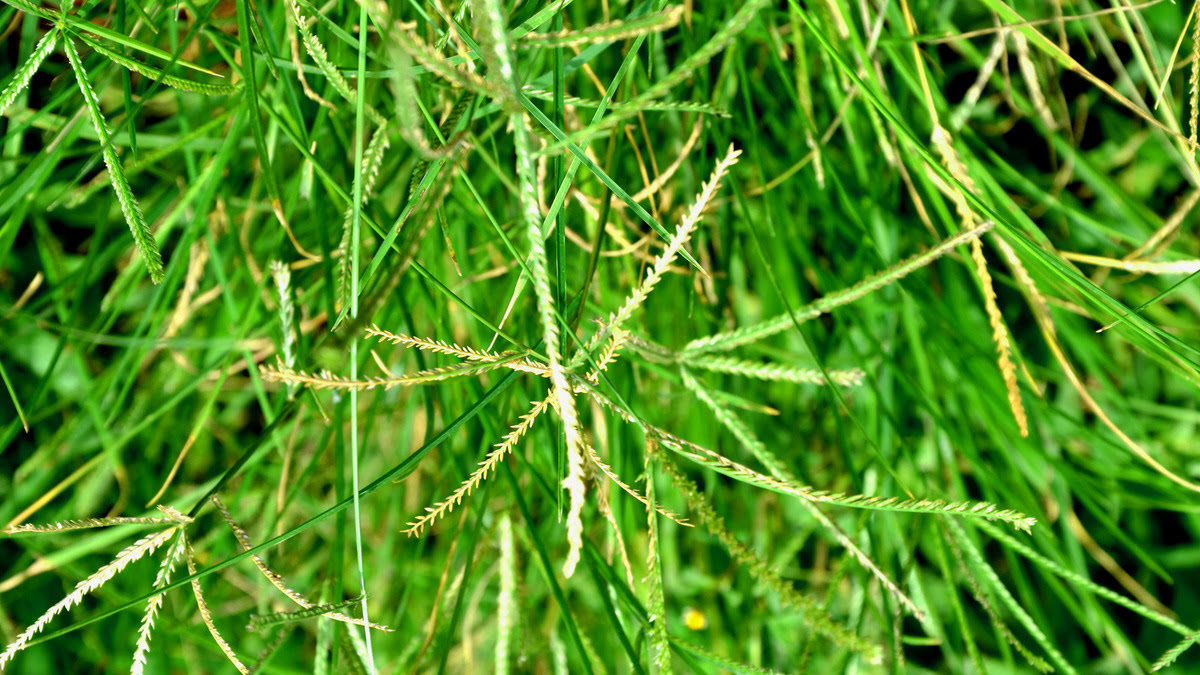
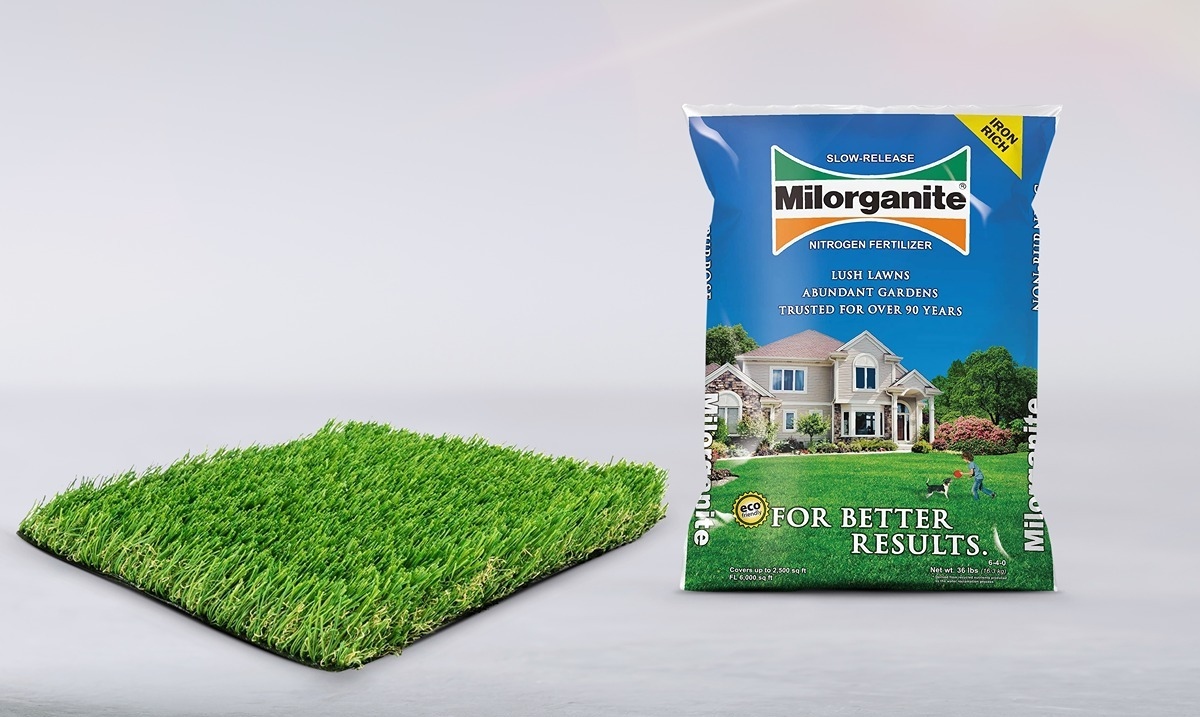
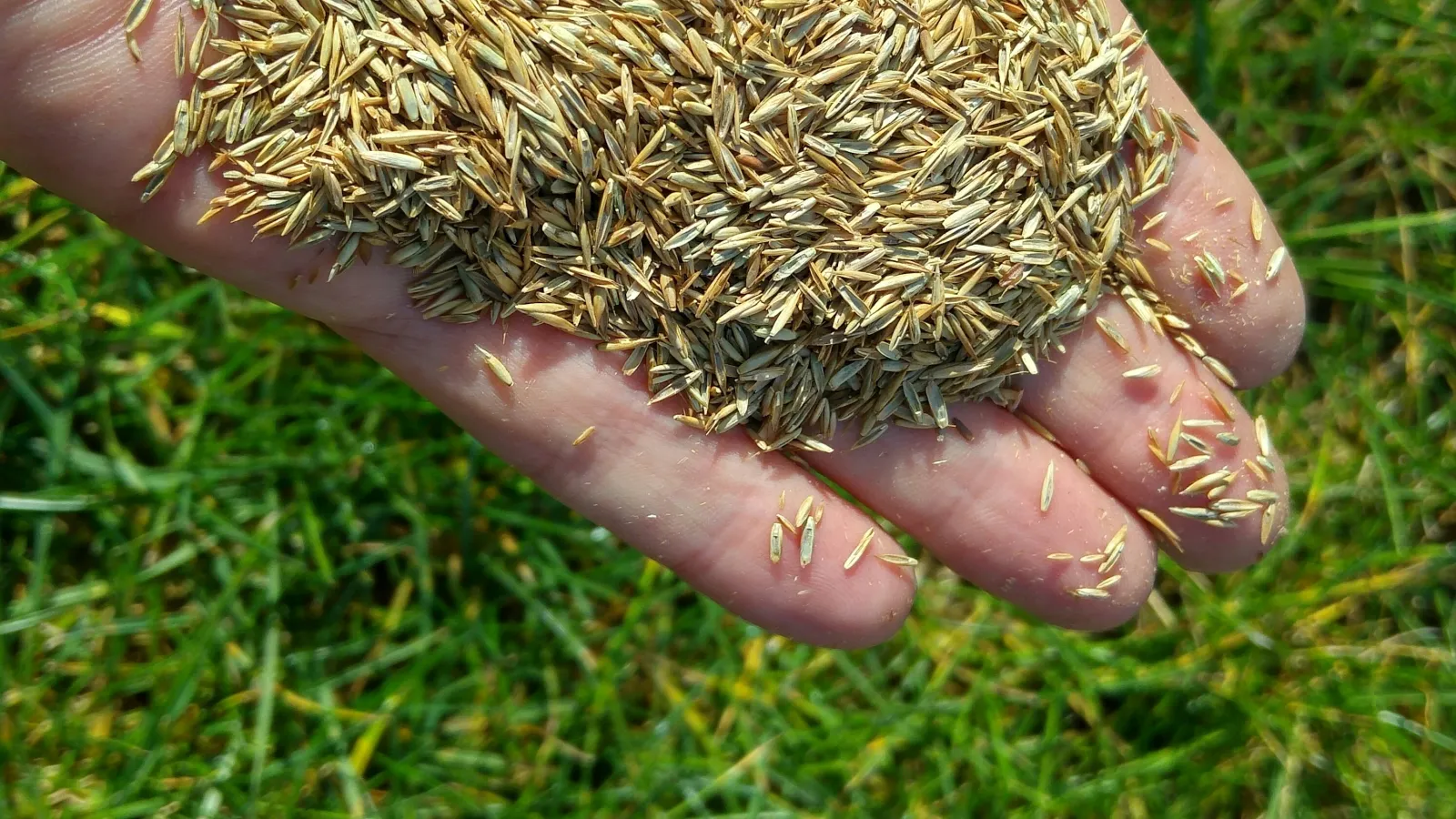
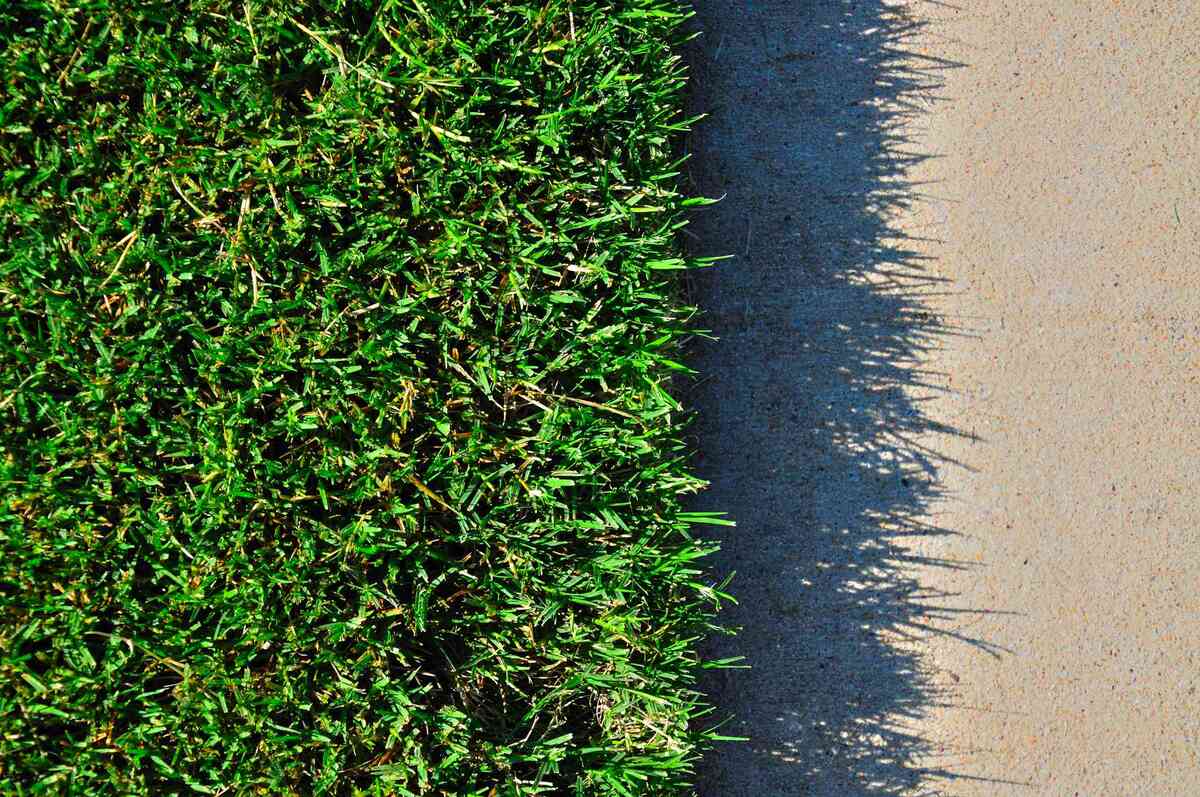
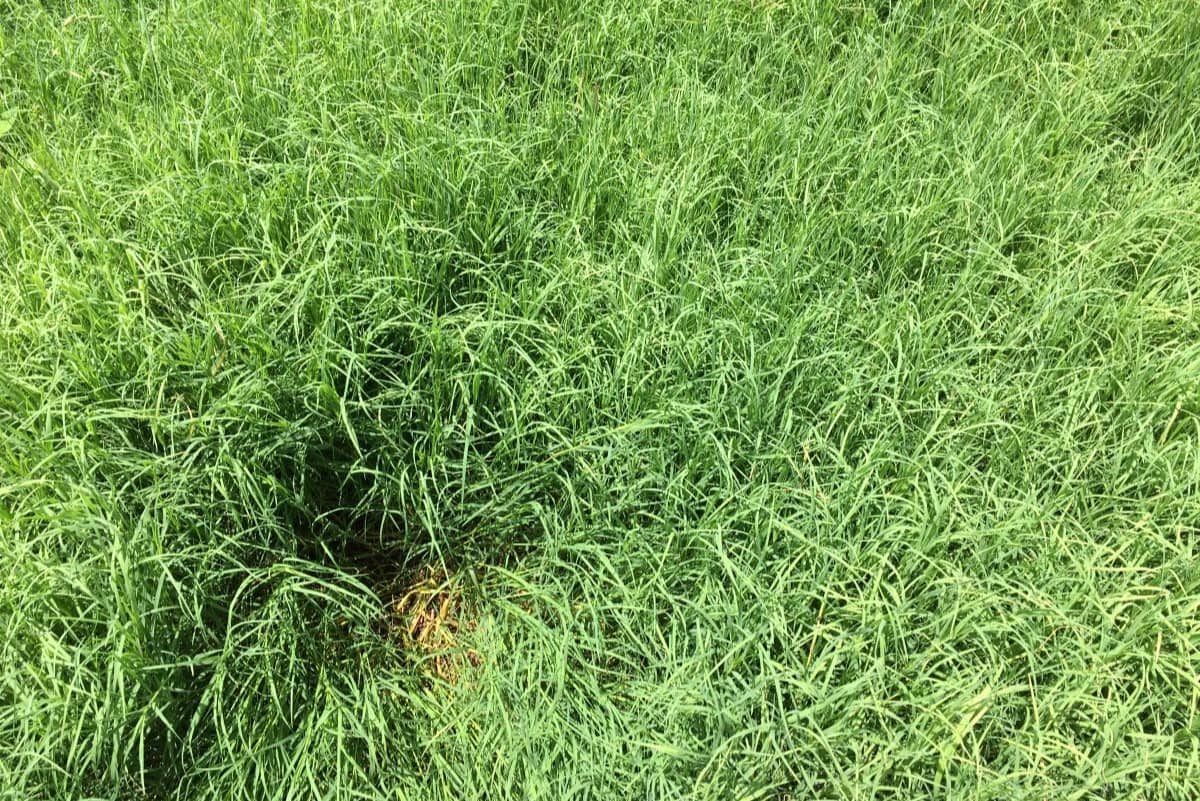
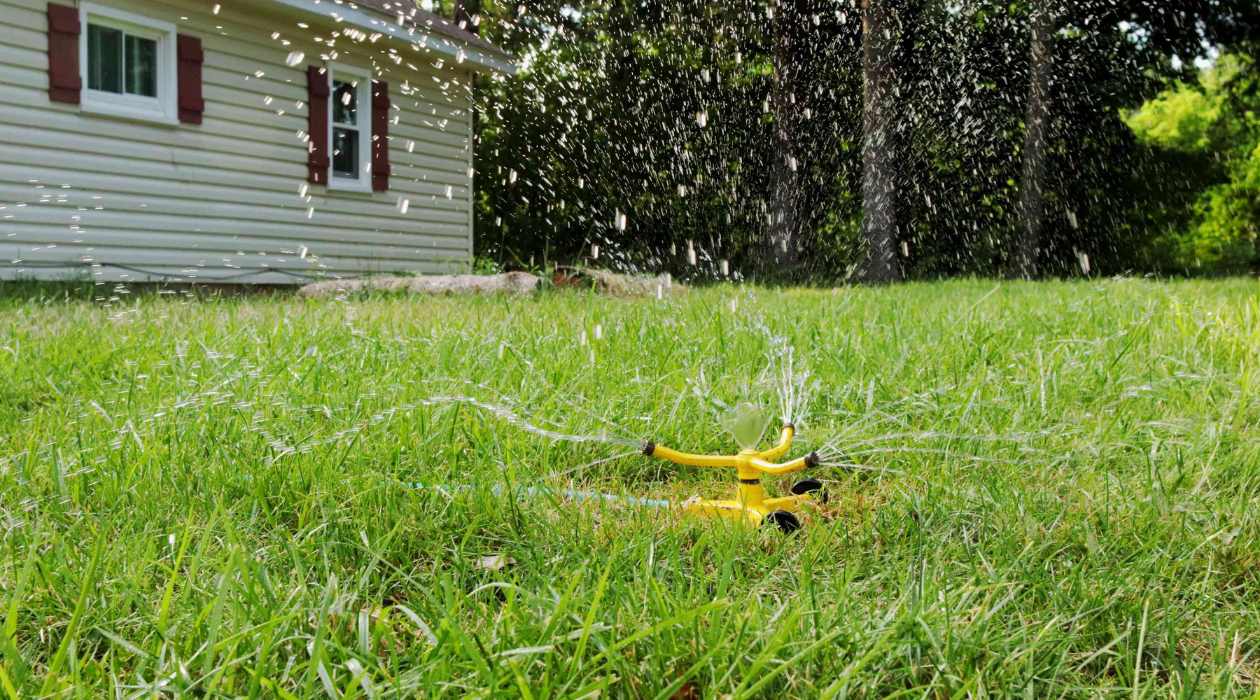

0 thoughts on “How Low To Cut Bermuda Grass”